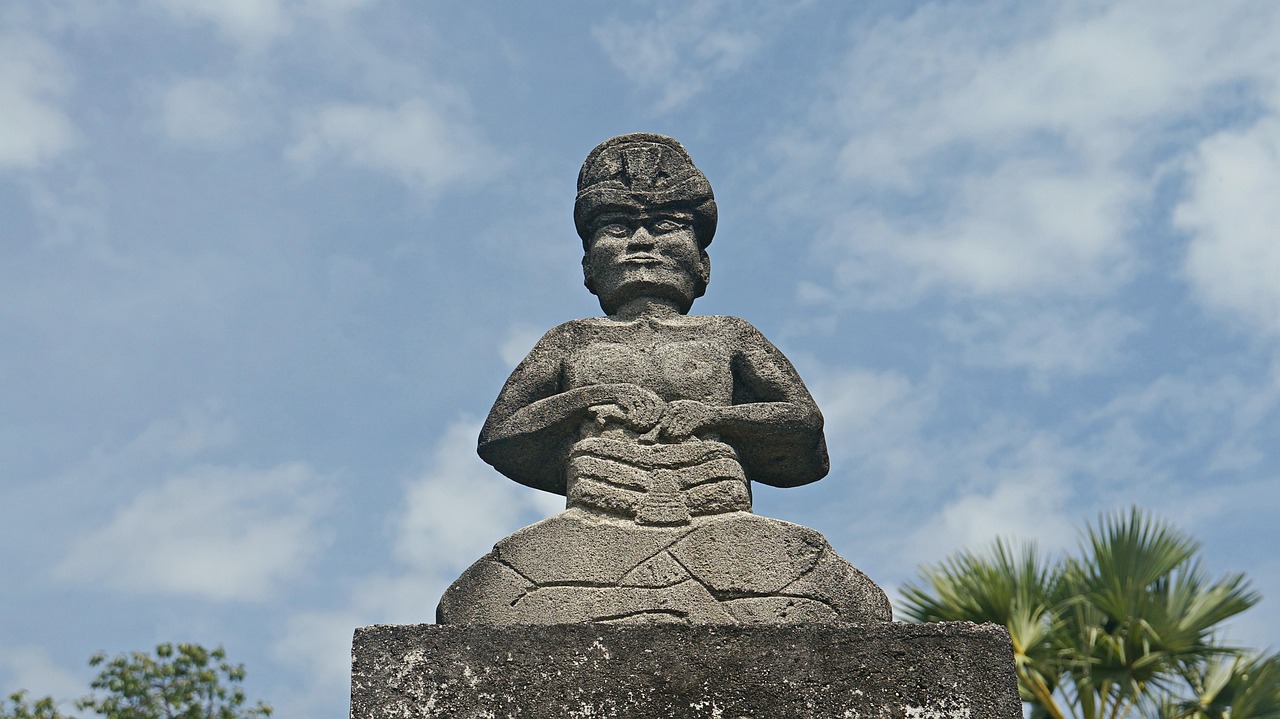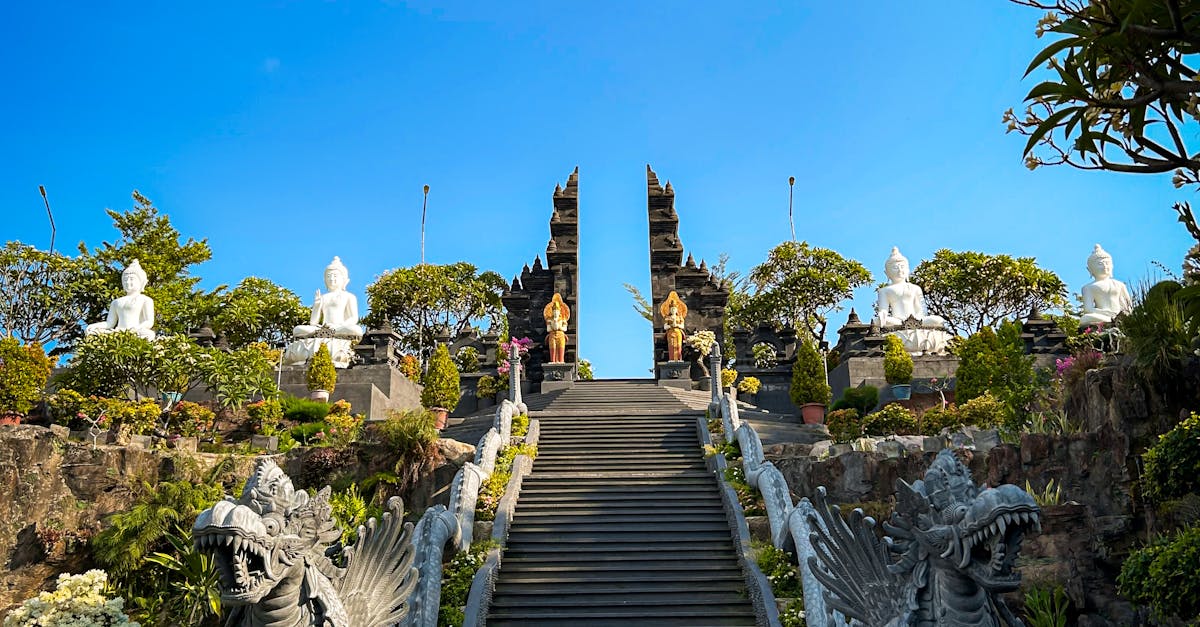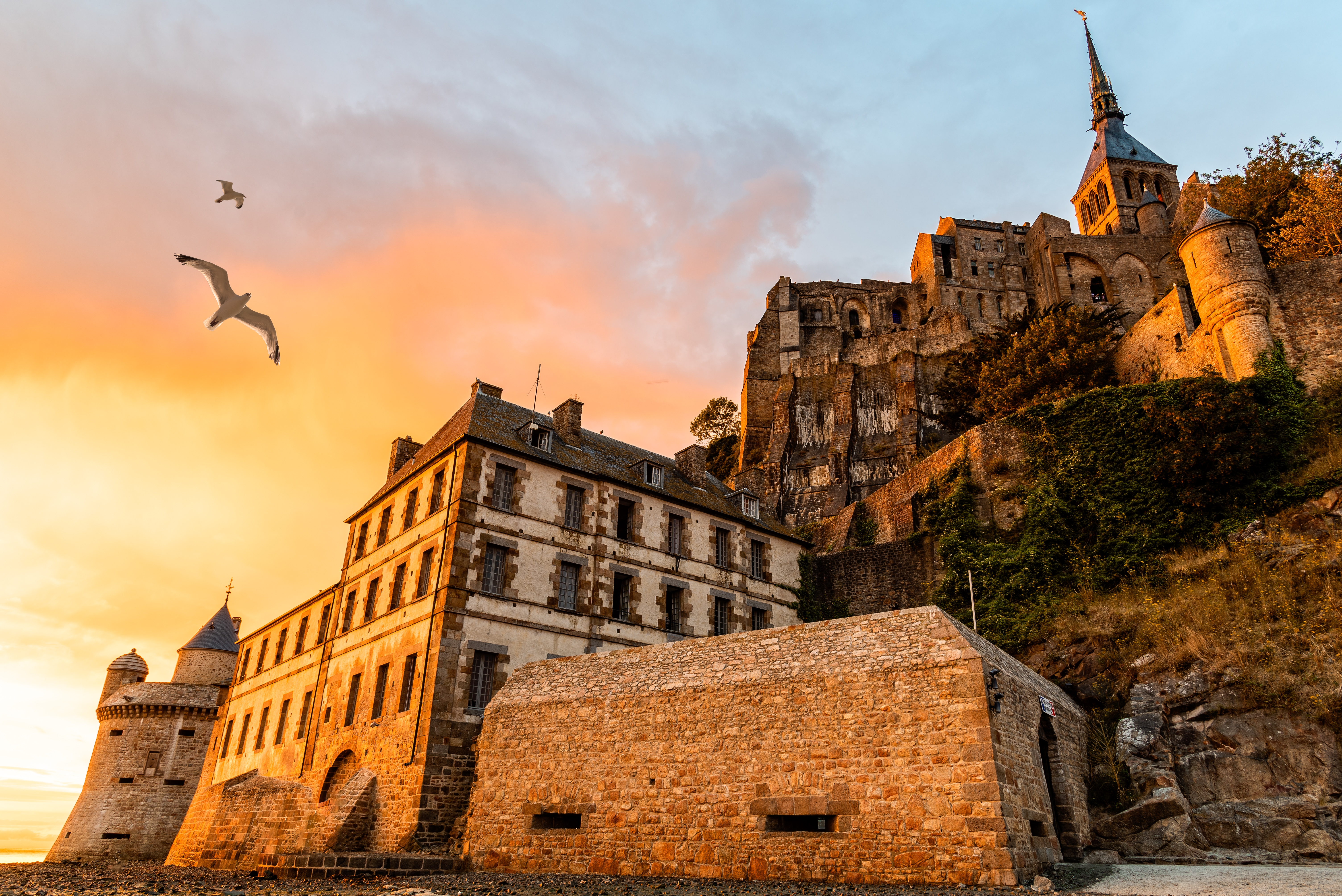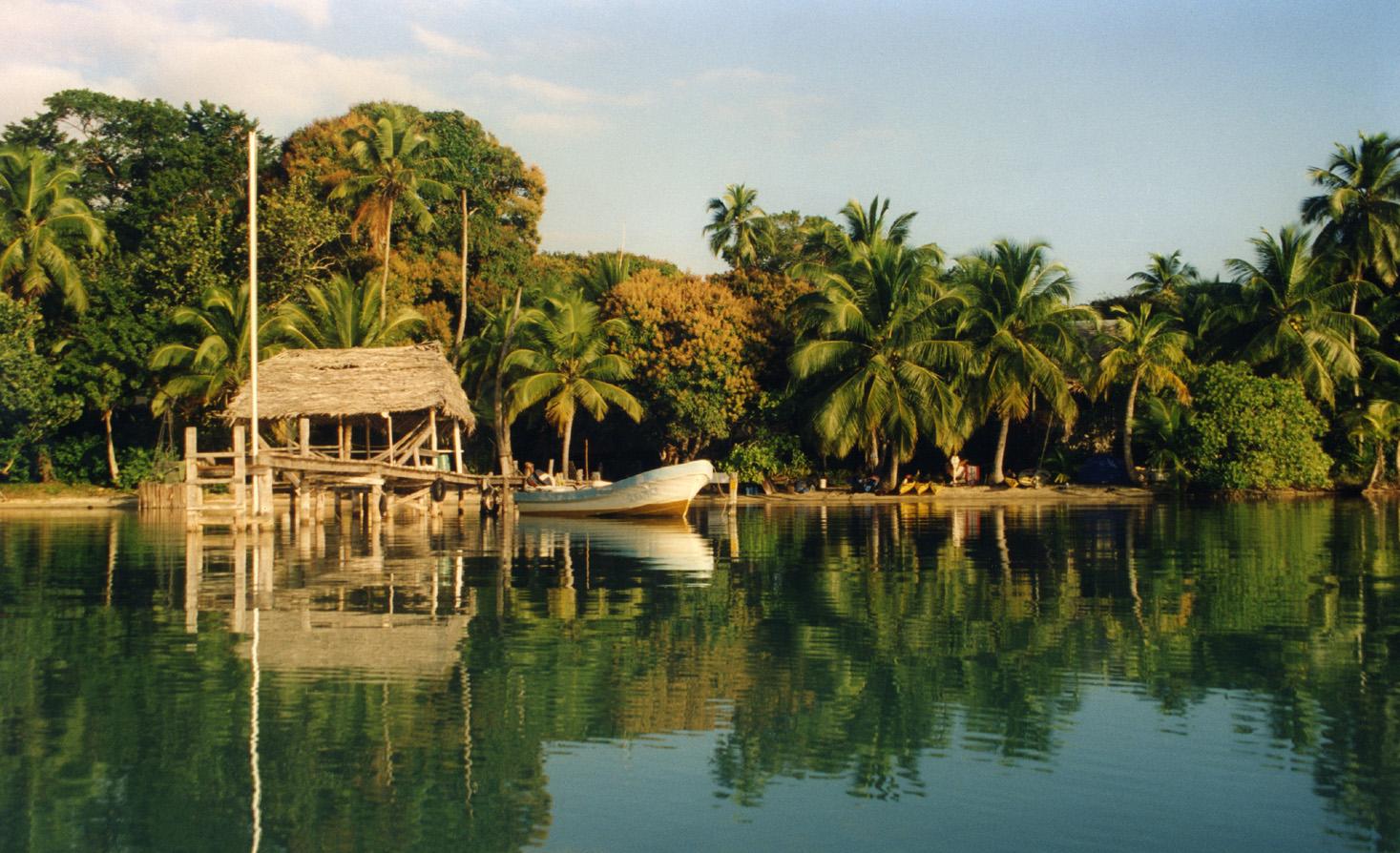The New Bali: 5 Unspoiled Islands Where Local Culture Is Still the Main Attraction
In the vast expanse of the Indonesian archipelago, Bali has long been the crown jewel, drawing millions of tourists with its vibrant culture and stunning landscapes. However, as the island becomes increasingly commercialized, travelers are seeking new destinations that offer the allure of untouched beauty and authentic cultural experiences. Enter the "New Bali" — five unspoiled islands where local culture remains the main attraction. These hidden gems promise the tranquility and charm of Bali's early days, with pristine beaches, rich traditions, and welcoming communities. Join us as we explore these islands, each offering a unique tapestry of cultural and natural wonders.
Sumba: The Land of the Sacred

Sumba, located to the east of Bali, is a realm where time seems to stand still. Known for its distinct thatched-roof villages and megalithic tombs, Sumba is a place where ancient traditions thrive. The island's cultural heartbeat is the Pasola festival, a thrilling horseback spear-fighting event that celebrates the harvest season and ancestral spirits. Visitors can immerse themselves in the local way of life by exploring the traditional ikat weaving techniques, which produce vibrant textiles that tell stories of the island's history. Sumba's untouched beaches and rolling savannahs provide a serene backdrop, making it a paradise for those seeking both adventure and cultural immersion.
Flores: Gateway to the Komodo Dragons

Flores, often overshadowed by its famous neighbor, Komodo Island, is a treasure trove of cultural and natural wonders. The island is a tapestry of ethnic diversity, with over a dozen indigenous tribes, each with its own language and customs. The village of Bena, with its iconic thatched houses and megalithic structures, offers a glimpse into the island's rich heritage. Flores is also the starting point for exploring the Komodo National Park, home to the legendary Komodo dragons. Beyond its cultural allure, Flores boasts stunning landscapes, from the three-colored crater lakes of Kelimutu to the lush rice paddies of Ruteng, making it a must-visit for intrepid travelers.
Lombok: The Quiet Neighbor

Just east of Bali, Lombok offers a quieter alternative with its own unique charm. The island is renowned for its Sasak culture, evident in the traditional villages where locals still practice age-old crafts and rituals. The majestic Mount Rinjani, an active volcano, dominates the landscape and offers challenging treks with rewarding panoramic views. Lombok's beaches rival those of Bali, with the southern coast's Kuta and Tanjung Aan providing idyllic spots for sunbathing and surfing. The island's commitment to preserving its cultural heritage, coupled with its natural beauty, makes Lombok a compelling destination for those seeking authenticity away from the crowds.
Raja Ampat: The Underwater Eden

Raja Ampat, an archipelago off the northwest tip of Papua, is often hailed as one of the world's best diving destinations. But beyond its vibrant coral reefs and diverse marine life, Raja Ampat is a cultural haven. The indigenous Papuan communities have lived in harmony with the sea for centuries, and visitors can experience their traditions through music, dance, and art. The islands' remote location has helped preserve their pristine condition, making it a sanctuary for both nature and culture. Exploring Raja Ampat offers a chance to connect with the ocean's wonders while appreciating the deep-rooted traditions of its people.
Alor: A Diver's Hidden Paradise

Alor, part of the Lesser Sunda Islands, is a diver's dream with its crystal-clear waters and abundant marine biodiversity. However, the island's cultural richness is equally captivating. The traditional villages of Alor are known for their unique moko drums, a symbol of cultural identity and community pride. Visitors can witness the vibrant handwoven textiles and participate in local ceremonies that highlight the island's customs. Alor's mountainous terrain and secluded beaches offer an escape into nature, while its warm, hospitable people provide a genuine cultural experience. Alor is a testament to the harmonious blend of nature and tradition, making it an ideal destination for cultural explorers.
Ternate and Tidore: The Spice Islands

Ternate and Tidore, once the epicenter of the global spice trade, are steeped in history and culture. These volcanic islands in North Maluku were the source of coveted cloves and nutmeg, drawing traders and explorers from around the world. Today, the islands offer a journey into the past with their colonial forts, sultan's palaces, and ancient mosques. The local culture is a rich tapestry of Malay, Portuguese, and Dutch influences, reflected in the islands' cuisine and customs. Ternate and Tidore's dramatic landscapes, with their towering volcanoes and lush greenery, provide a stunning backdrop for cultural exploration and historical discovery.
Embracing the Unspoiled

As travelers seek destinations that offer more than just picturesque landscapes, these five islands emerge as the new frontiers of cultural tourism. Each island presents a unique opportunity to engage with local traditions, explore untouched natural beauty, and experience Indonesia's rich cultural diversity. While Bali's allure remains undeniable, these unspoiled islands offer a refreshing alternative for those yearning to connect with the heart and soul of Indonesia. By embracing these hidden gems, travelers not only discover new horizons but also contribute to the preservation of the vibrant cultures that make these islands truly special.








